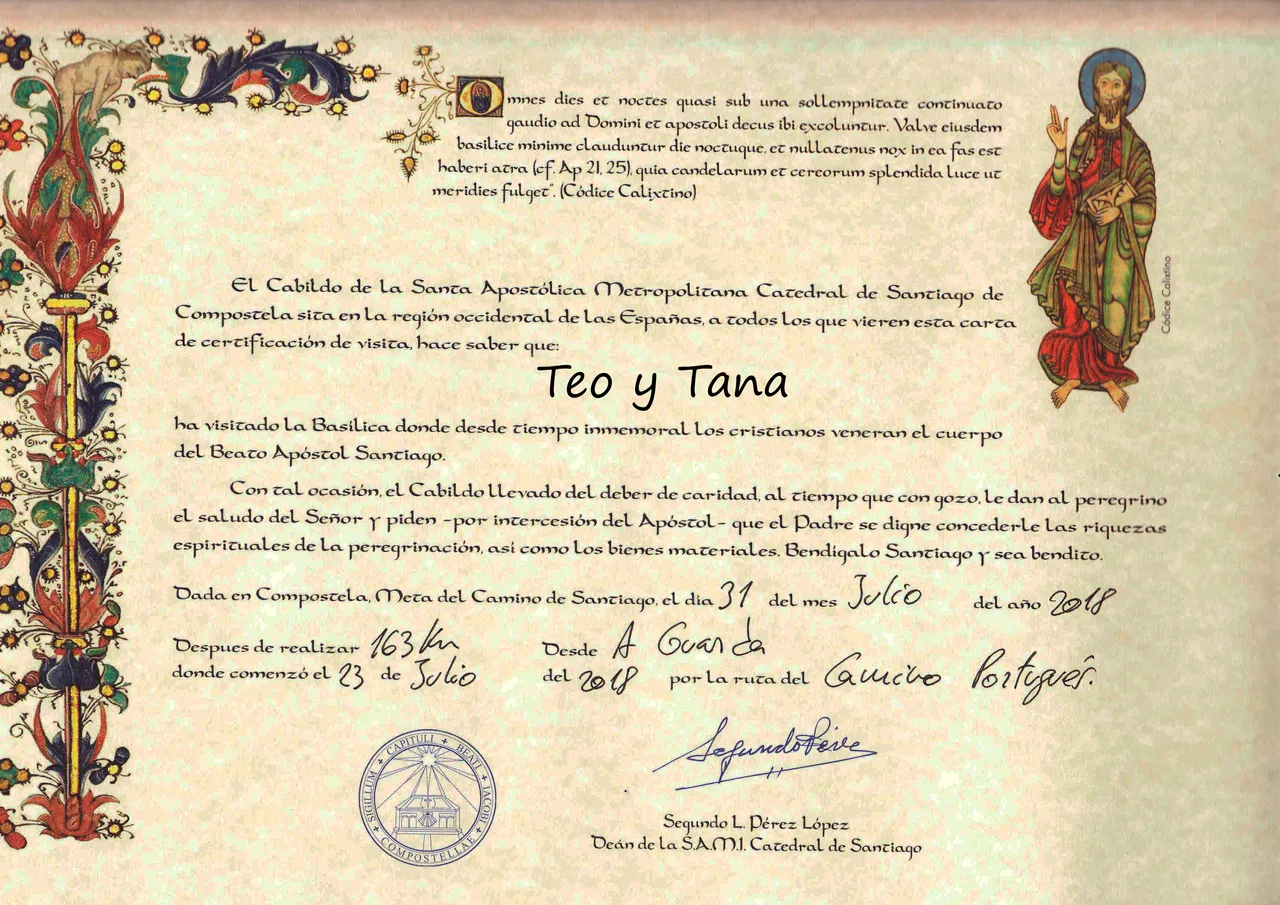

The Santiago´s Way is the only Christian pilgrimage that has remained unchanged since the ninth century.
It began when the tomb of the Apostle Santiago was discovered. A hermit named Pelayo observed some strange lights in a field and there it was discovered that the apostle Santiago, patron saint of Spain, was buried. For that reason, that place was called Compostela and a church was created initially that later became the cathedral of the city Santiago de Compostela, the final goal of the Jacobean pilgrimage.
"La Compostela" is a diploma that is obtained in the Cathedral of Santiago and that proves that the pilgrim has traveled on foot or on horseback the last 100 km to the tomb of the apostle. If done by bicycle, the last 200 km must be done.
In order to prove the distance traveled there is "the Credential" which is a kind of notebook, deployable in the form of an accordion, where the places through which it passes can be sealed in an orderly manner. This way you can show where you have gone.
That is to say, the "Compostela" only those pilgrims who, through the "Credential" duly sealed, prove they have walked, at least, the last 100 km.
The "Credential" was a document that was given to the pilgrim and served as a safe conduct. Nowadays it is still being used and it is useful, for example, to stay in pilgrim hostels.
Of the various recognized routes that exist, any of them is worth if it ends in Santiago, but beware, to get the "Compostela" the Camino must be carried out with a religious or spiritual sense. They do not give it to you if you do it for a tourist or sports sense.
Lately it has opened a little hand and also serves to respond that has been done by a "sense of search". It's more ambiguous and so you do not have to lie. To me the first year almost do not give it to me. I had not prepared the answer, it caught me by surprise and I had to react on the fly.
Those who do it for sporting or touristic reasons only can obtain a certificate of recognition accrediting the distance traveled but not the "Compostela".
From the moment that the Jacobean pilgrimage was created, there was a need to accredit it. Sometimes it was made by prebends or by promises and the pilgrims wanted, after the effort, an accredited recognition of that complete tour. At the beginning, some shell-shaped badges were handed out, but, as they were easily falsifiable, they became an official document accrediting the current "Compostela".
In the sixteenth century, the Reyes Católicos created the pilgrim hospital in Santiago de Compostela and did it where the current national parador is. In this accommodation it was allowed to stay completely free and full board to all those pilgrims who showed the "Compostela". Still today the first 10 are awarded to teach the "Compostela" and they are given a breakfast, lunch or dinner at the National Parador which is not negligible.
The "Compostela" is an ecclesiastical document. With the popularization of the Way, the archbishopric imposed a series of conditions to grant it. One of them is that it is carried out for spiritual reasons to avoid this way it is a Christian accreditation of an activity that is done for festive reasons.
When the pilgrim arrives in Santiago, he must go to the pilgrim's reception office where, after presenting the "Credential" duly sealed, he obtains the desired "Compostela".
The official "Credential" model is obtained from the Santiago pilgrim reception office, although it can also be distributed by the Associations of Friends of the Camino de Santiago and some other institutions. I requested it online in Mundicamino and they sent it home after paying three euros for each one.
I like to take the trouble to go sealing. It's like making a collection. My son not so much because he did not like it so much to have to stop to seal. I like to look for places like churches or shelters to seal, since in them stamps are usually prettier.
Then you can see some. Observing the "Credential" with all the stamps together I like it because it makes me proud and at the same time it reminds me of those places. In addition, friends usually get quite attention.
I like to fulfill all the traditions of the pilgrim, to obtain the Compostela is not the only one. I like to visit the crypt and see the sepulcher, since it is the goal of the pilgrimage, and to give the hug to the saint, even if he has to wait for a long line.
Here I show you a few pictures of the landscapes that you can see during the Camino de Santiago.
You can also see the Credential we used this year and the Compostela that we obtained, as well as the Certificate of distance traveled. Sorry for privacy reasons I modified the names for our pseudonyms.
Being with "morriña" for having finished this journey, I hope to have clarified these things in which there is usually much confusion, if you have never undertaken the Camino.
Surely if you do one day you will not regret it.

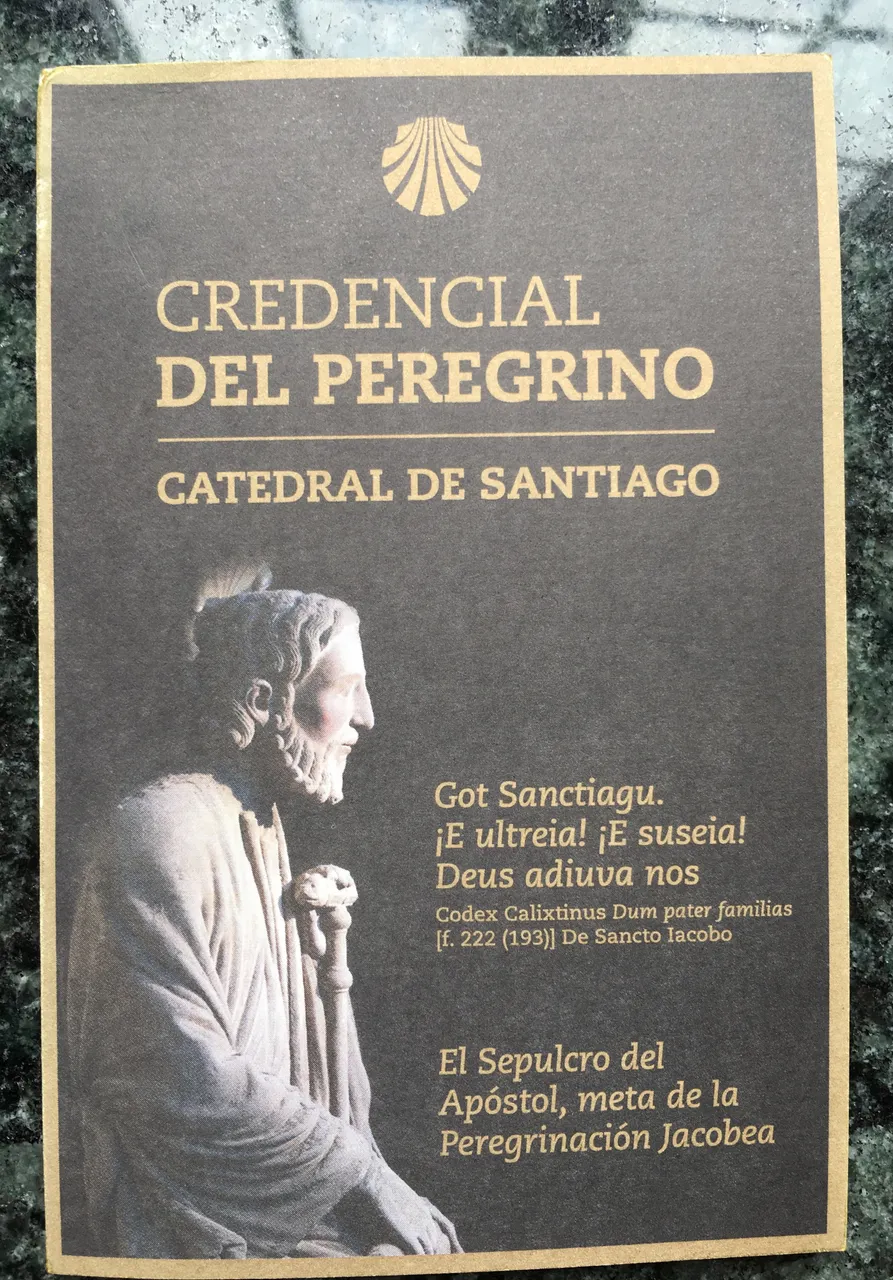
The Pilgrim's Credential


Stamp of del Monasterio de Oia
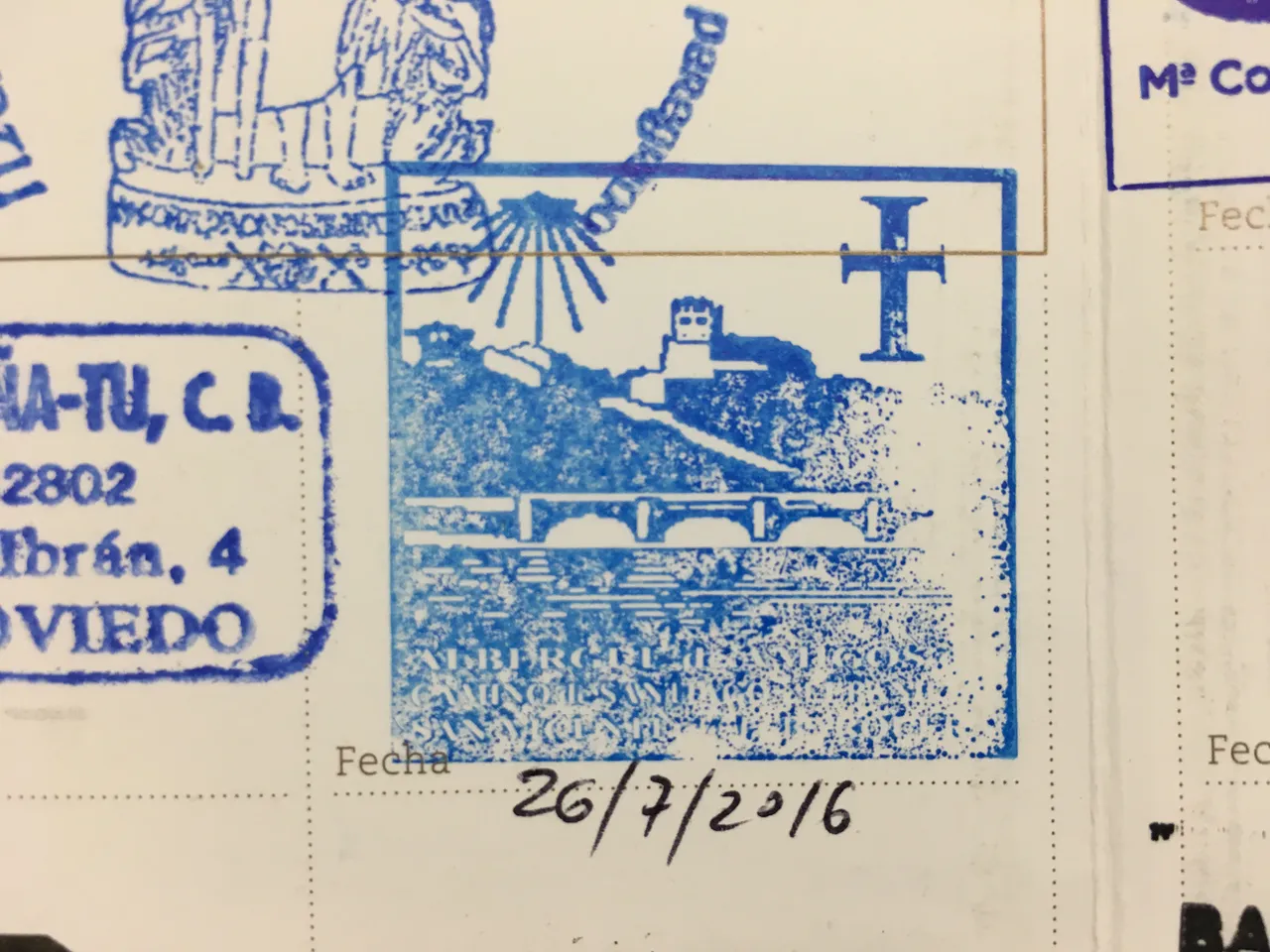
Stamp of San Vicente de la Barquera
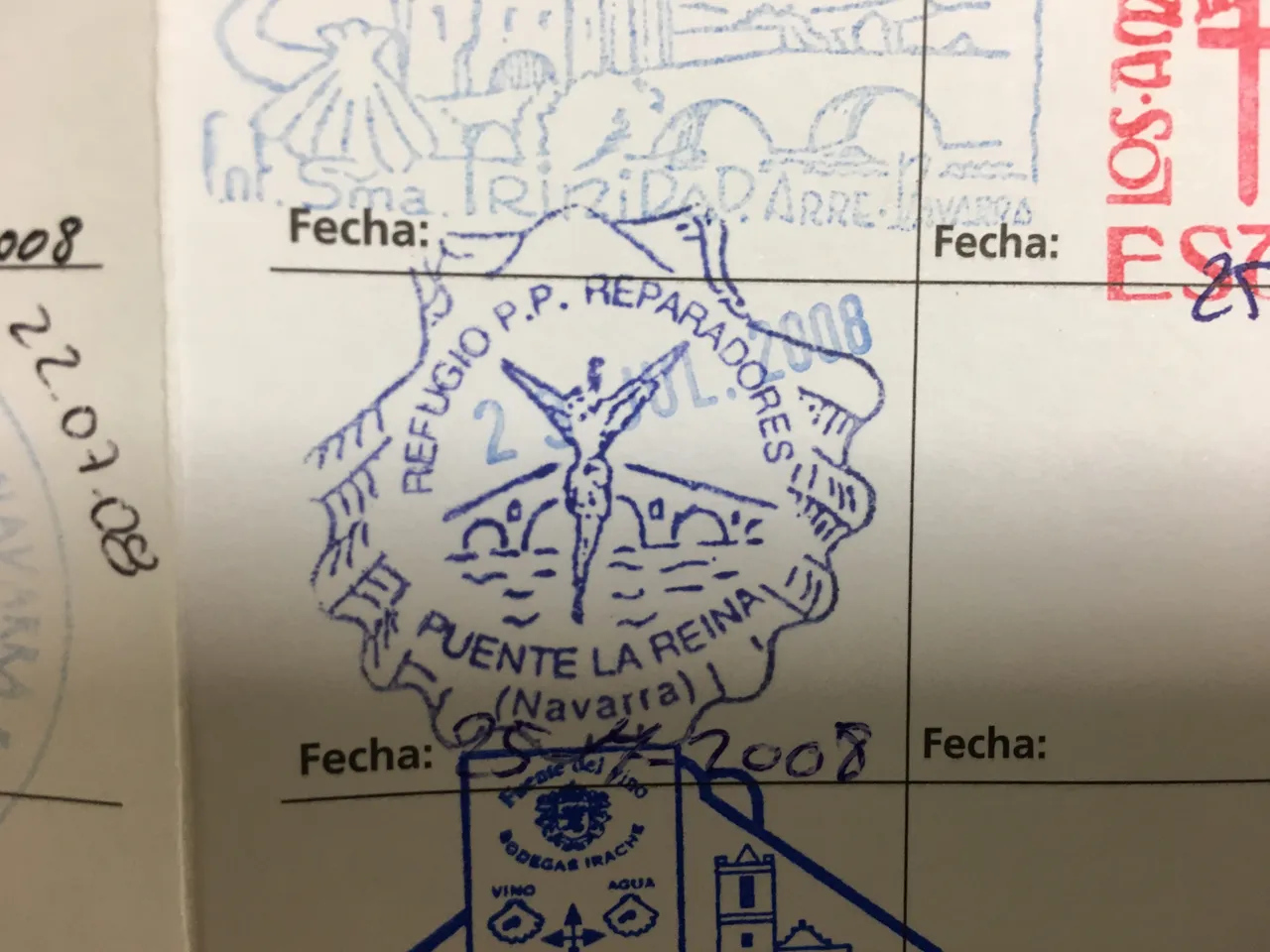
Stamp of Puente la Reina, place of confluence of different roads in Navarra.

SIt is from Cruceiro de Francos, on the Portuguese Way

Stamp of Roncesvalles, beginning of the French Way in Spain

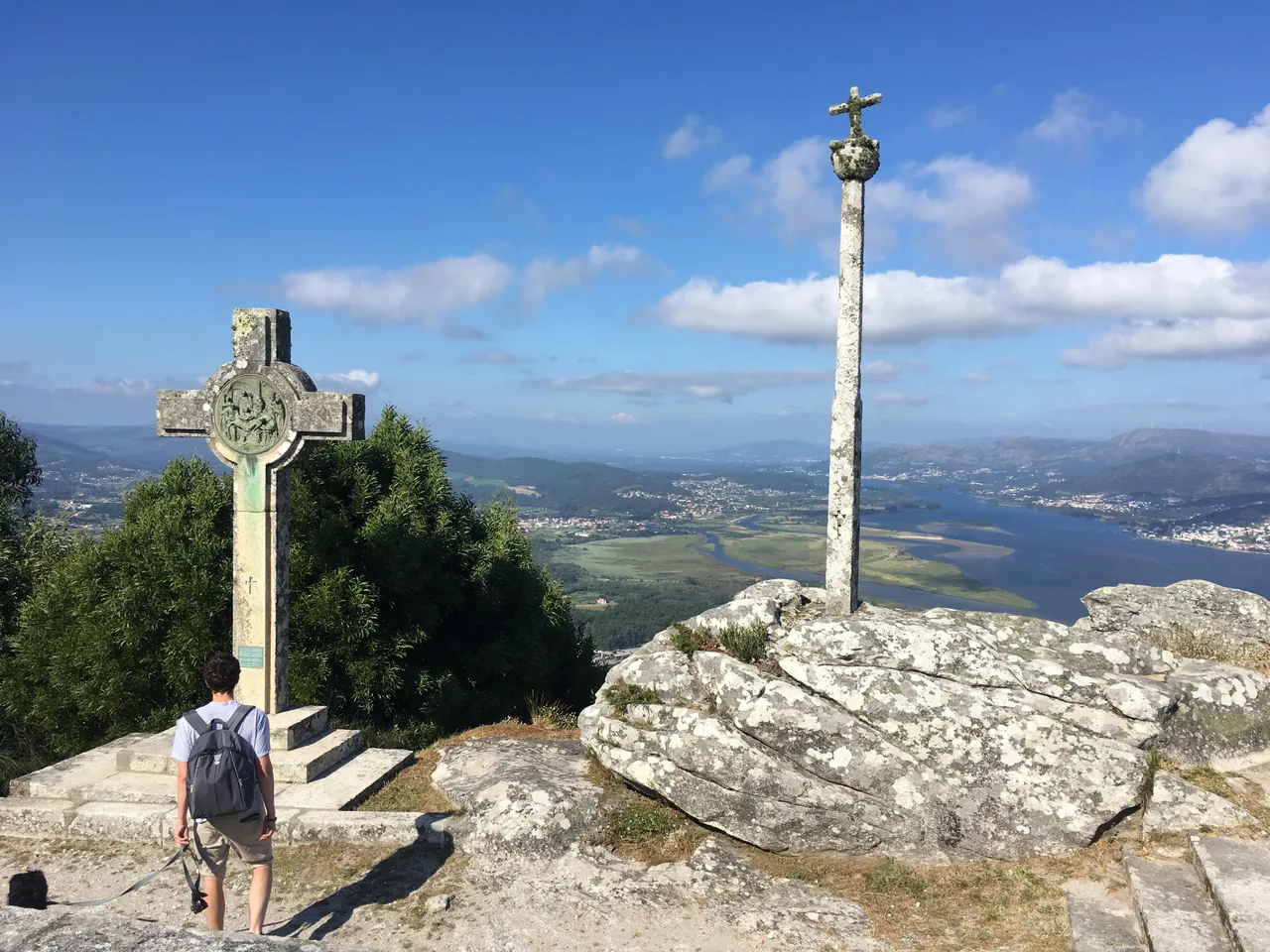
Santa Tecla
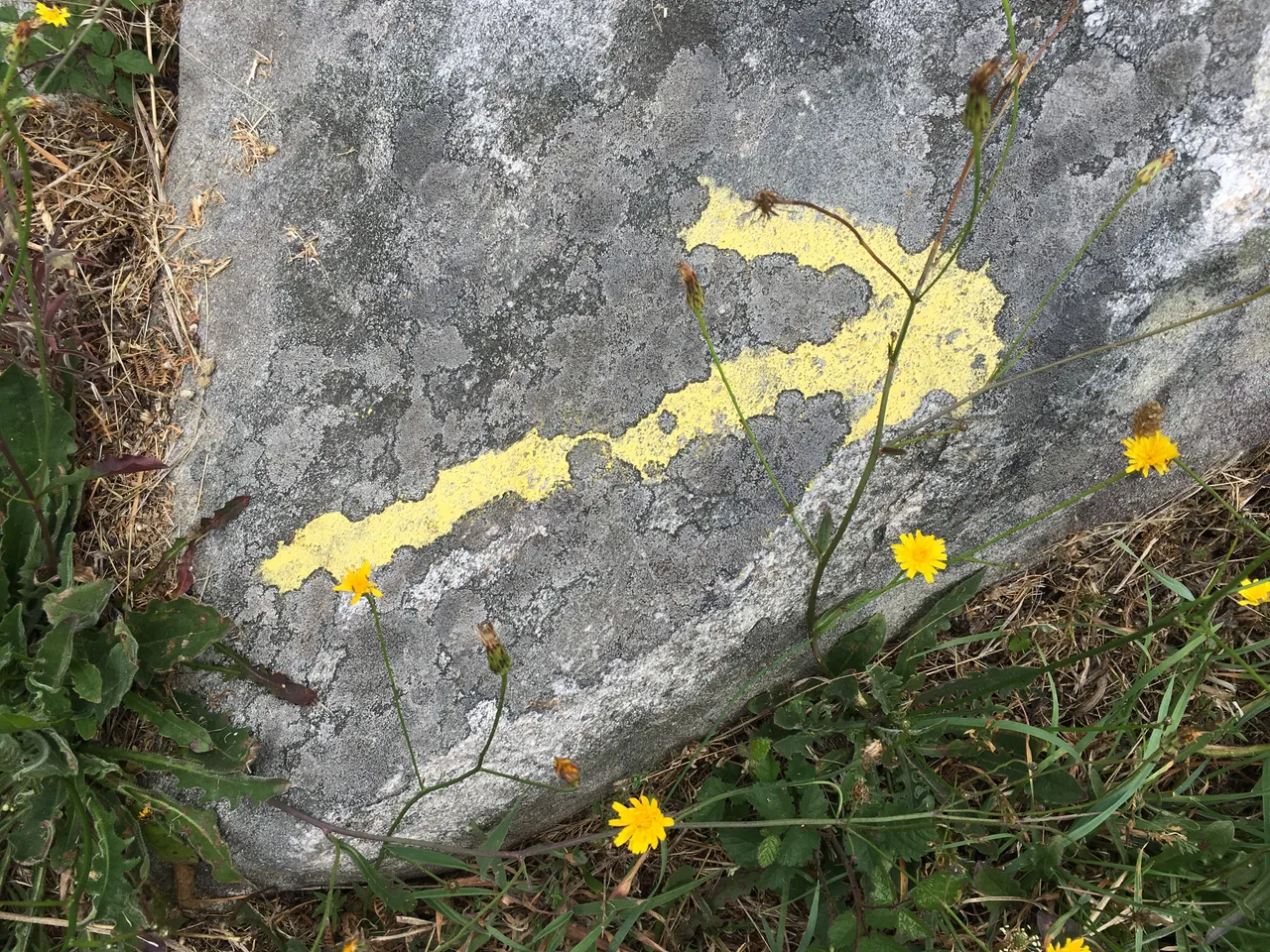
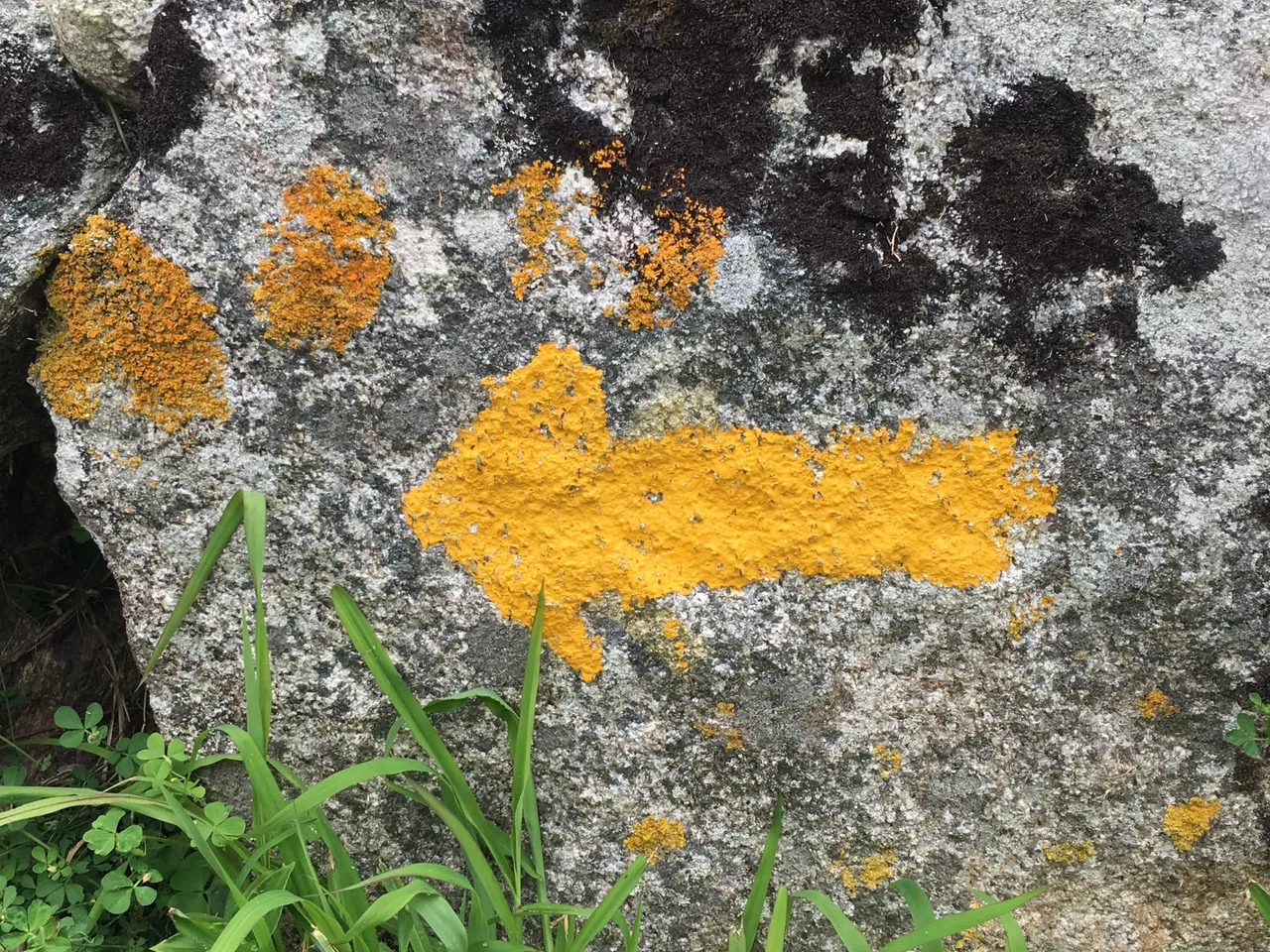

Road signs


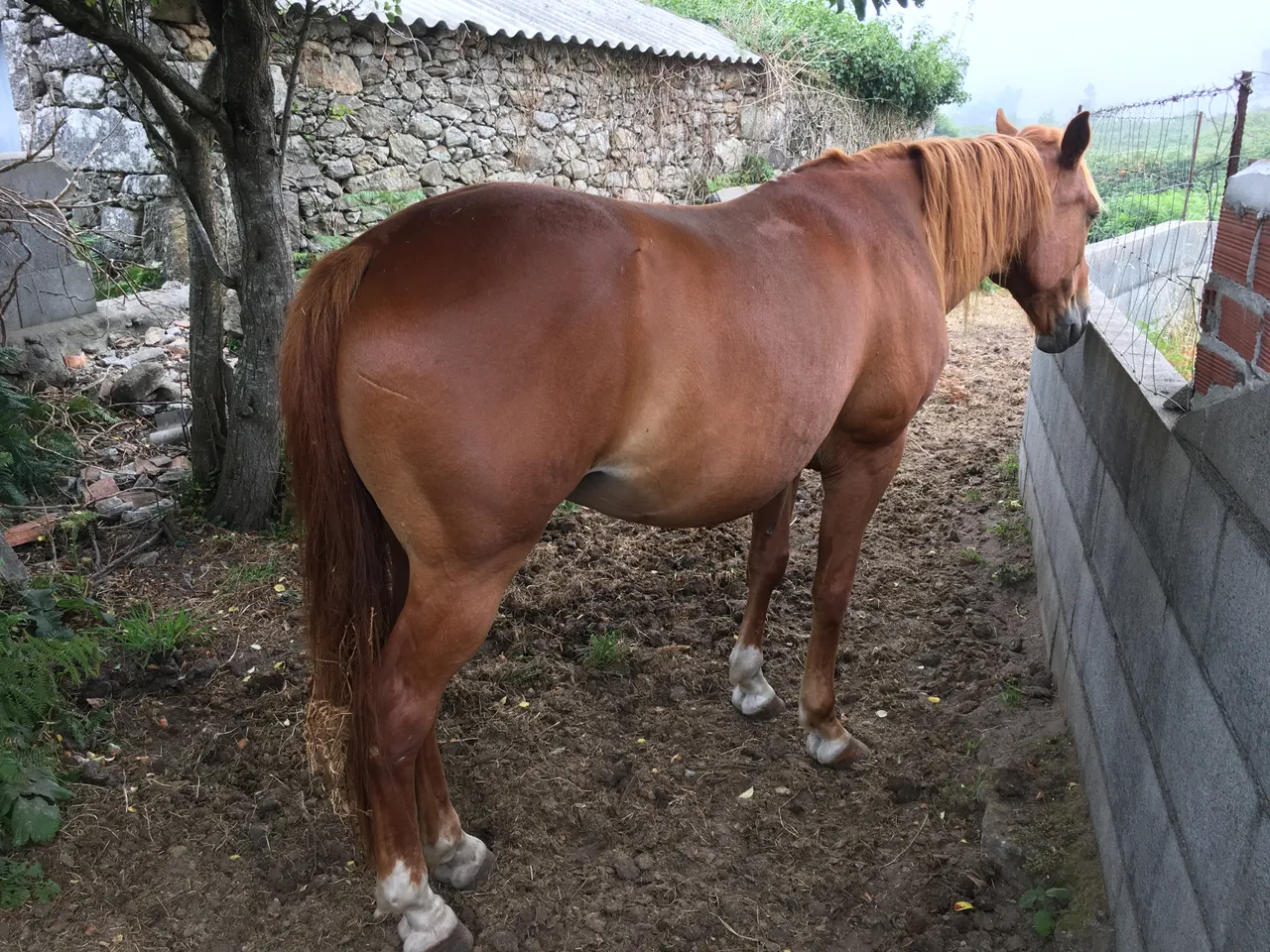
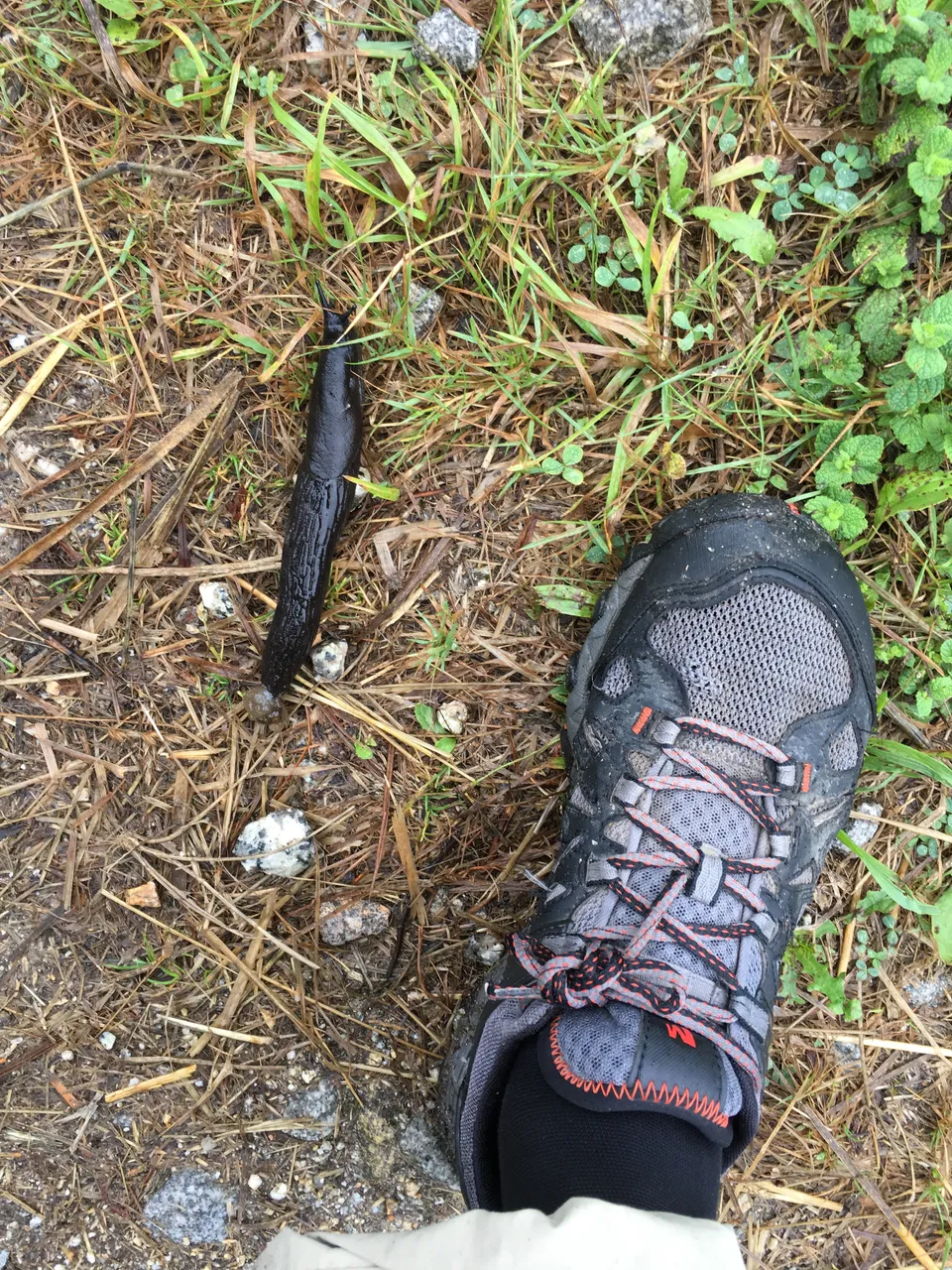
Babosa

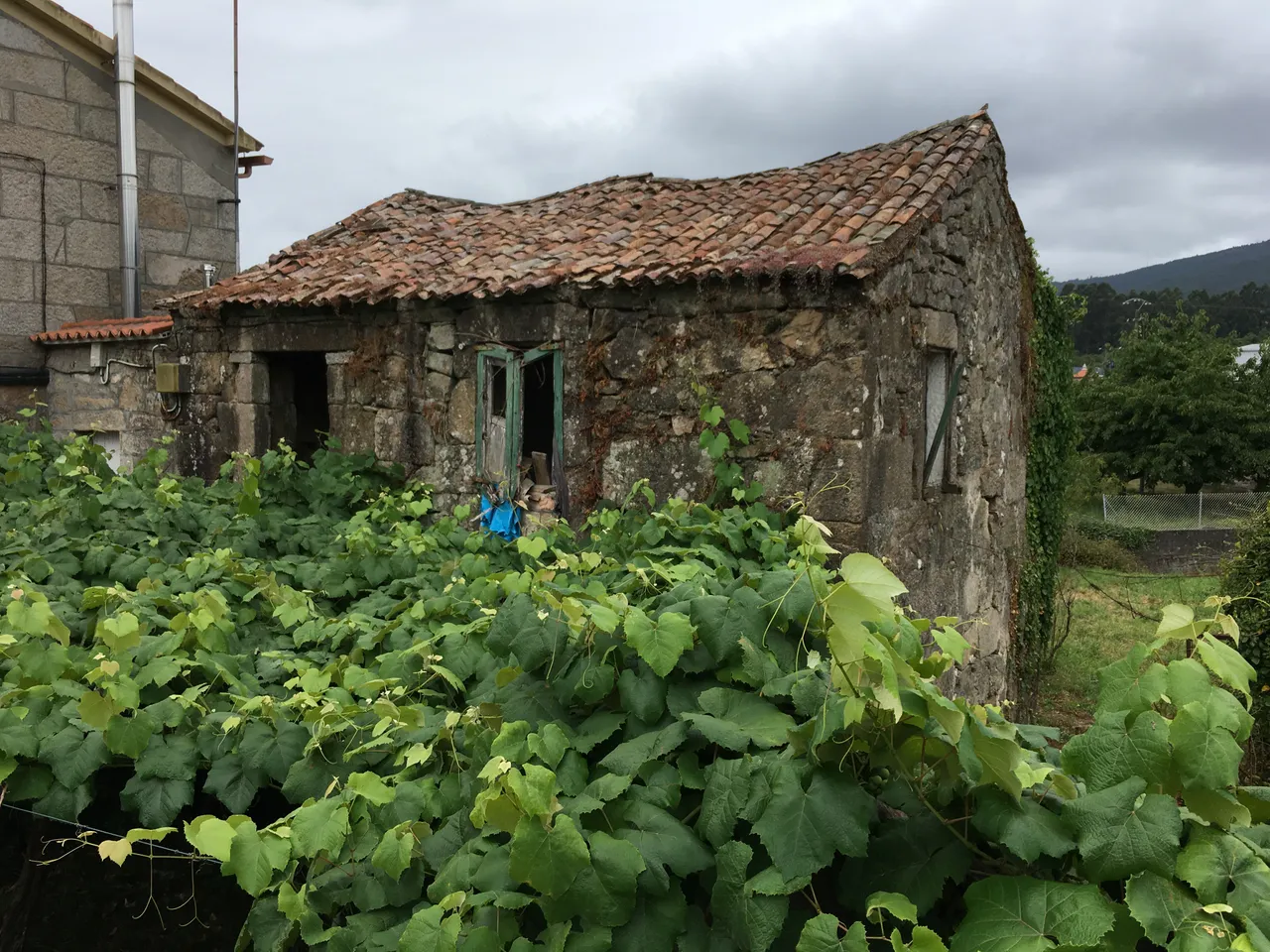

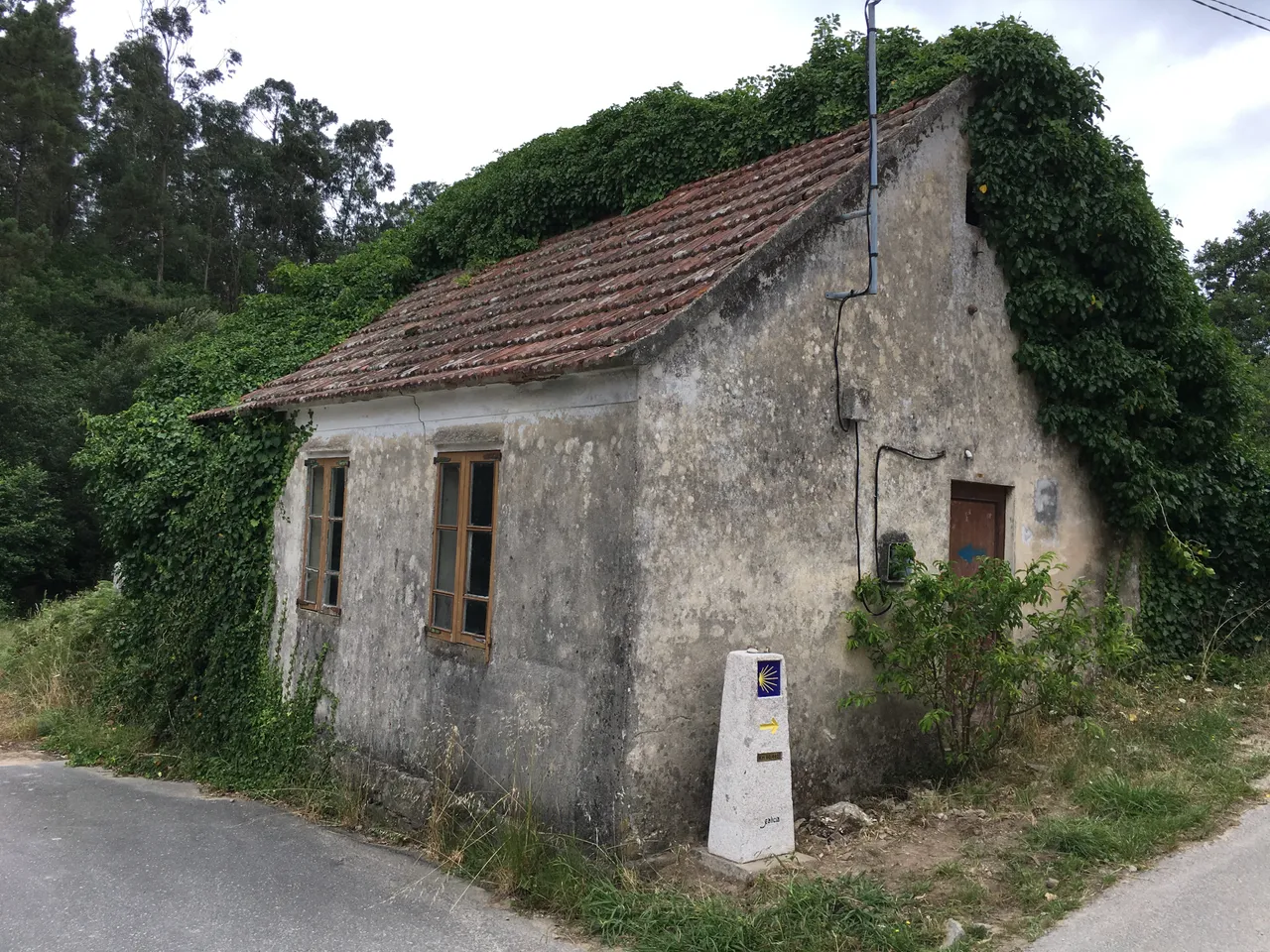
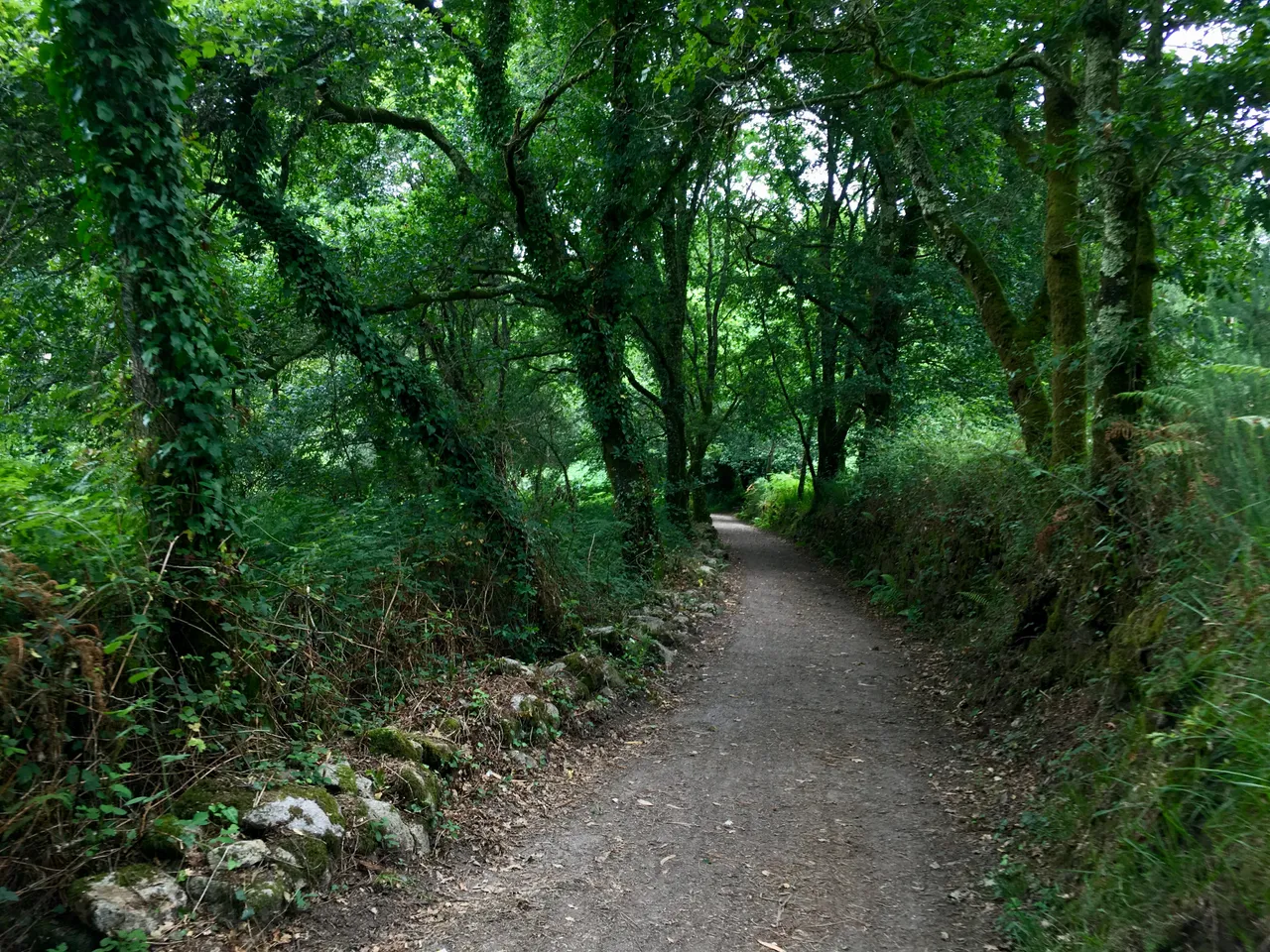
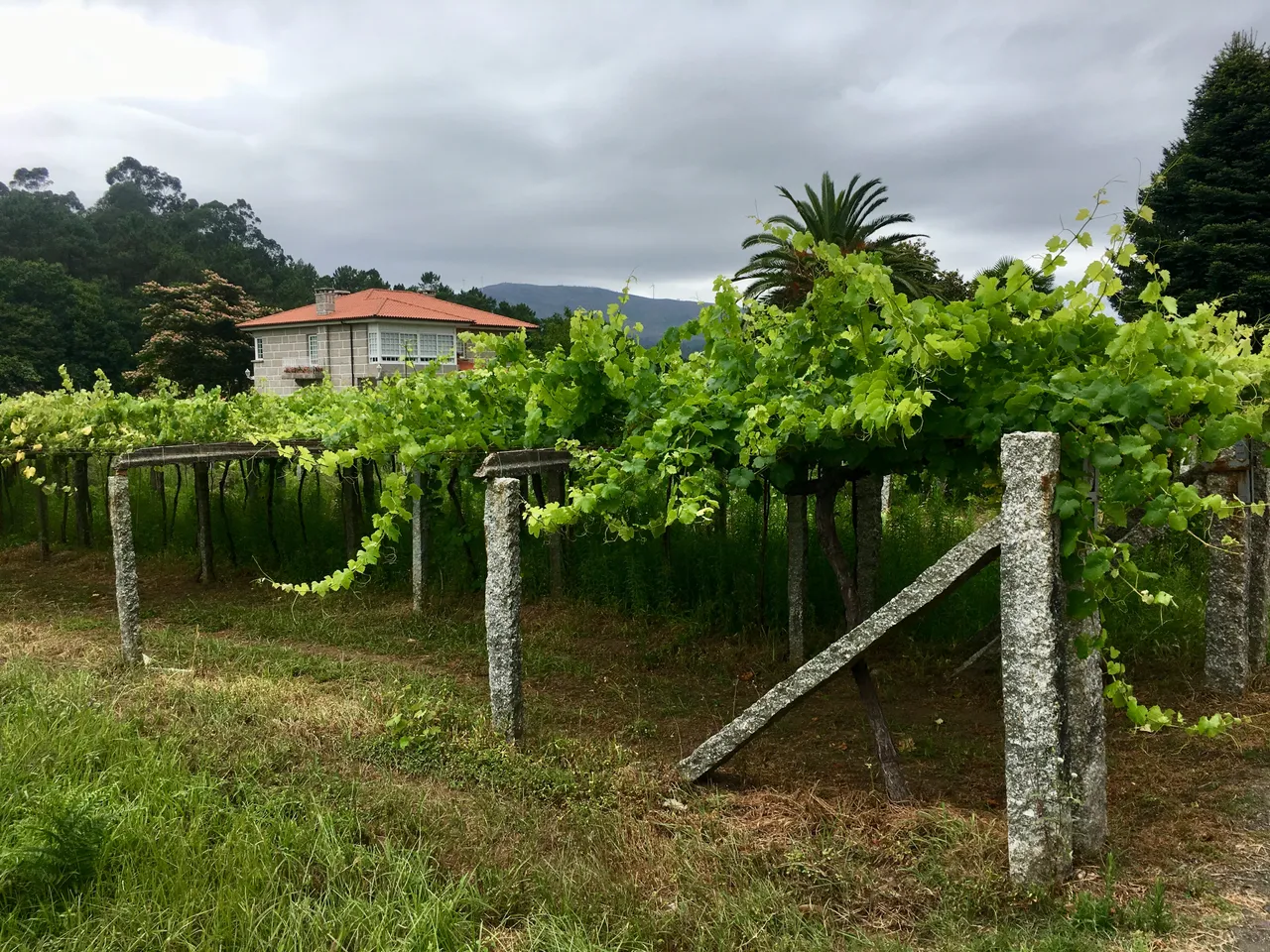
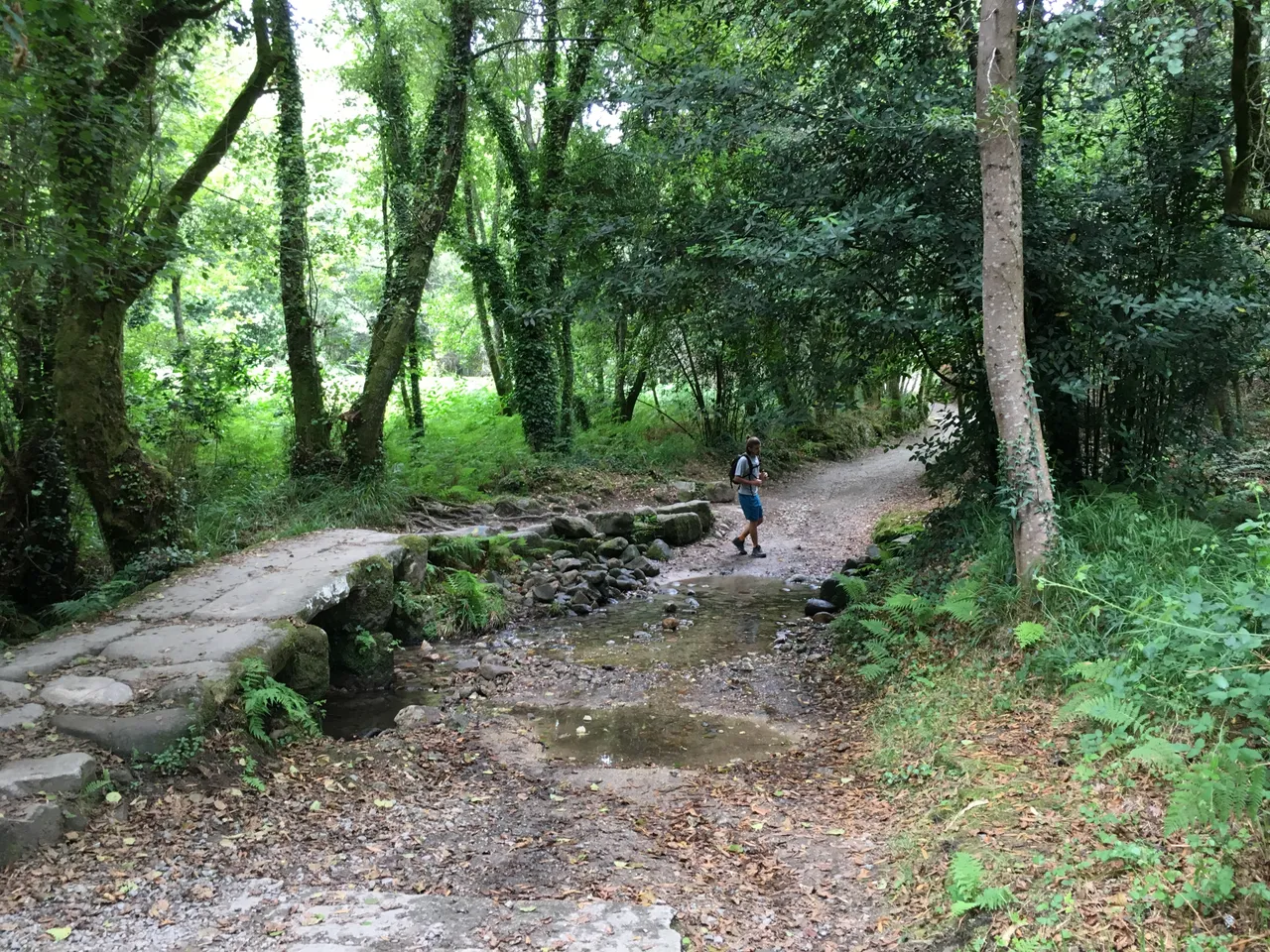


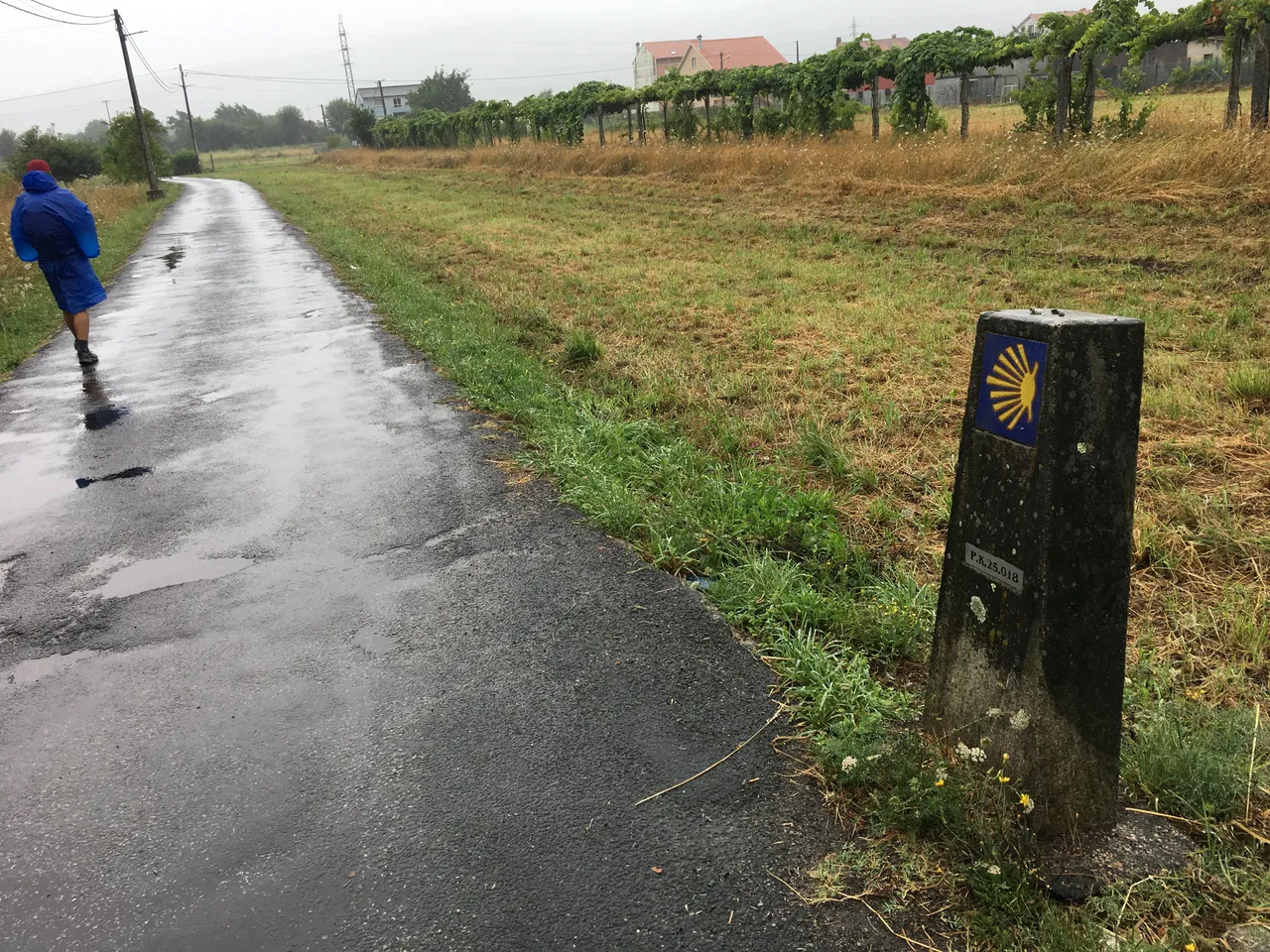
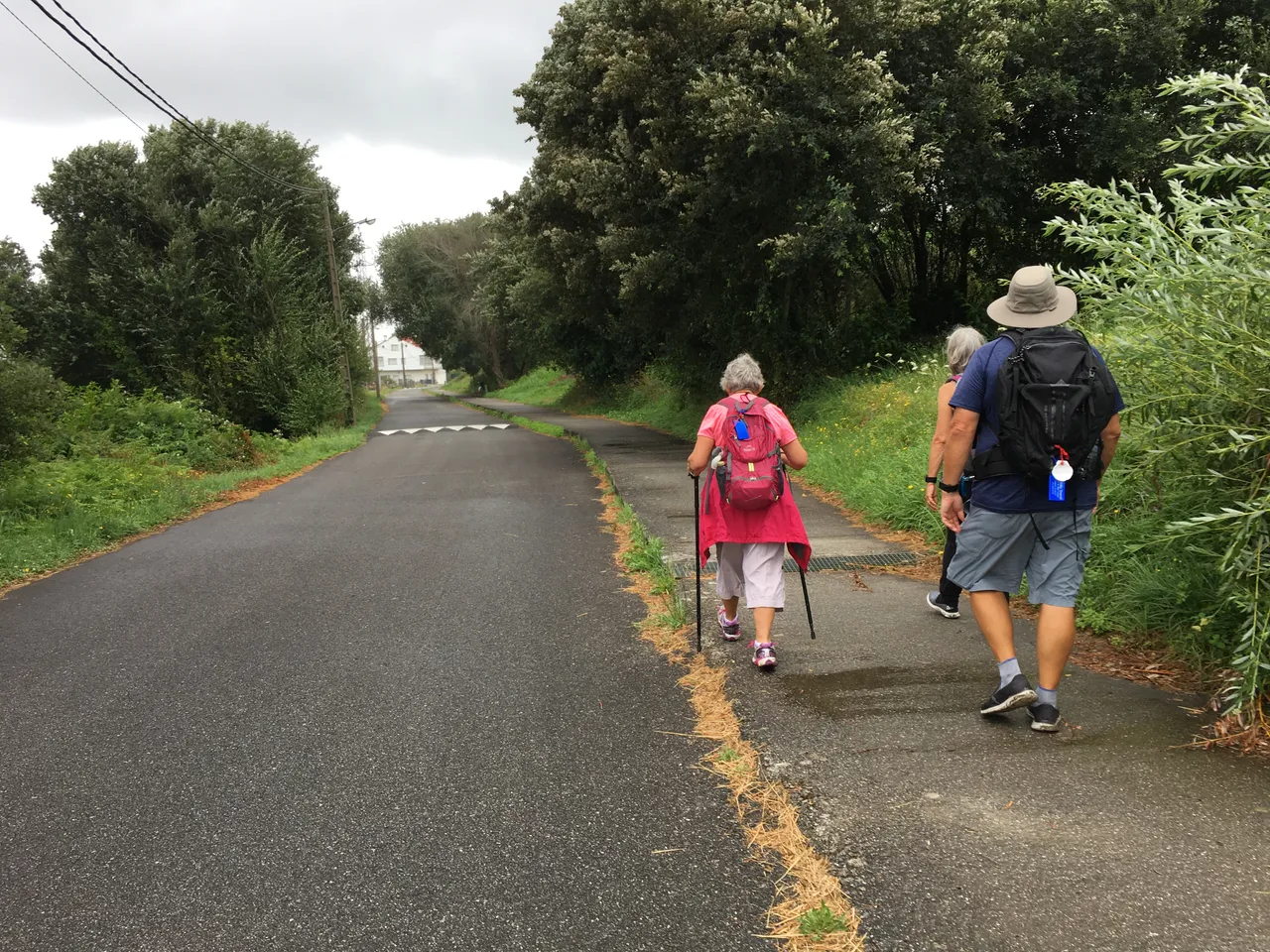
I have seen pilgrims over 70 years!
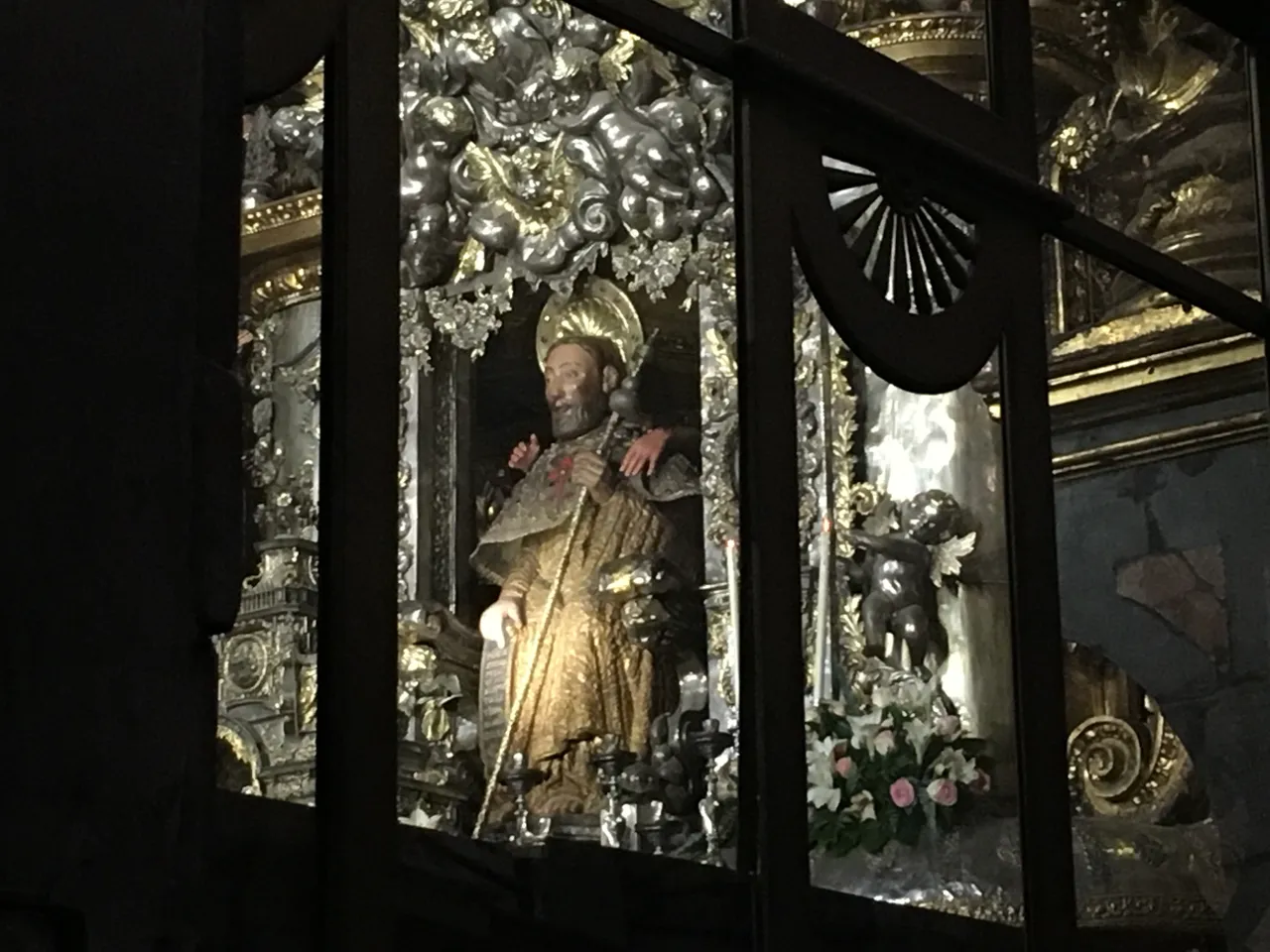
The hug to the Holy Apostle Santiago
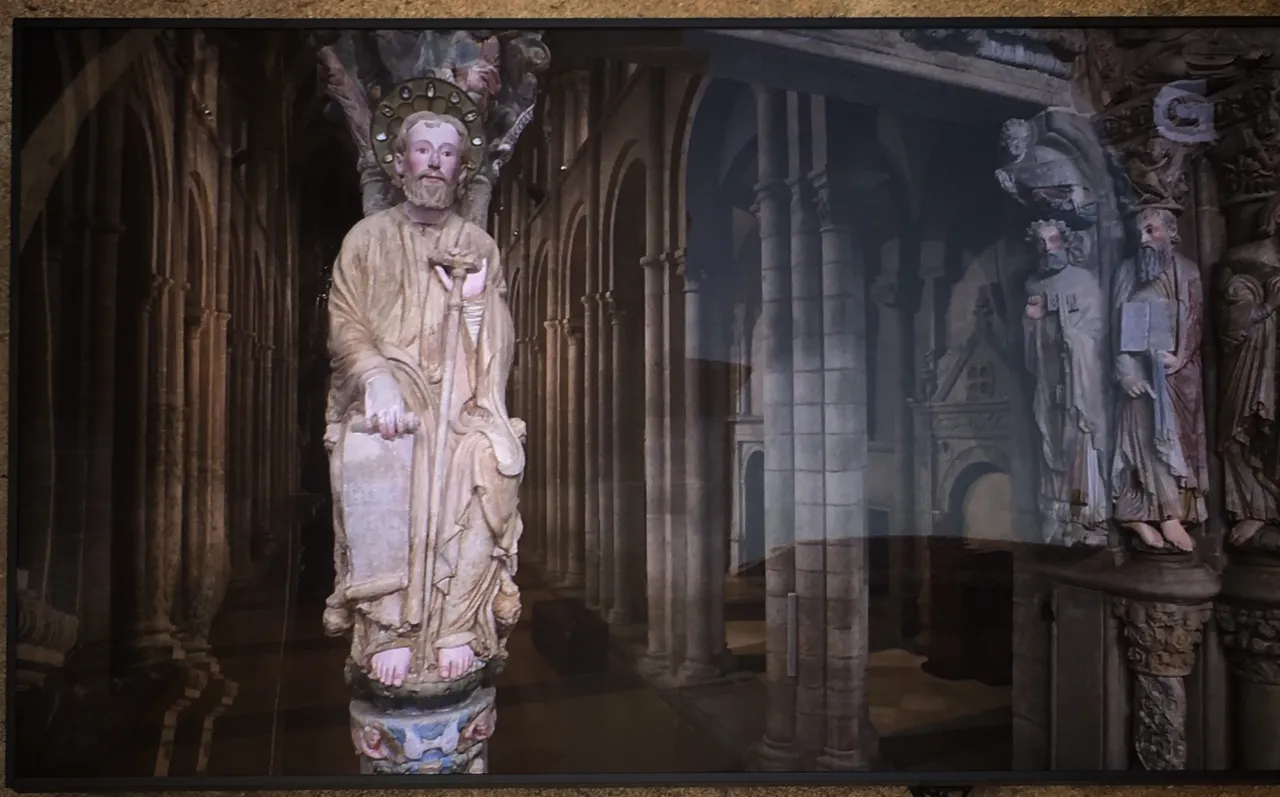
Portico de la Gloria, recently restored
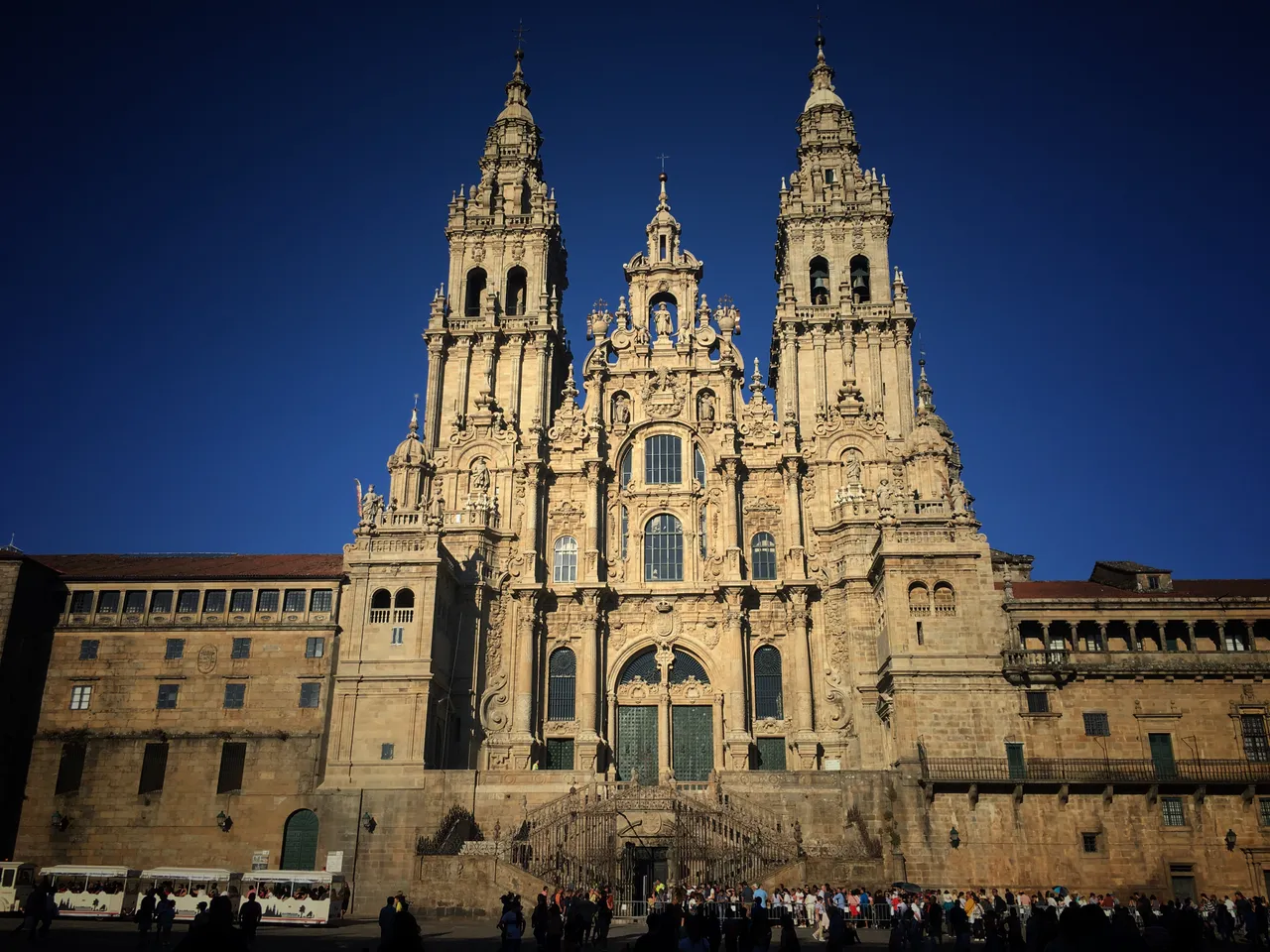
Cathedral of Santiago de Compostela, goal of the pilgrimage

I sincerely hope that you liked this publication. I wrote it with enthusiasm remembering the trip. My intention has been to accompany me, providing information but without being boring. I hope to count on you in other experiences.


All the photos are original and mine. I made with my iPhone 6. Also, I am the author of the separator drawings.
I await your comments!
¡Buen Camino!